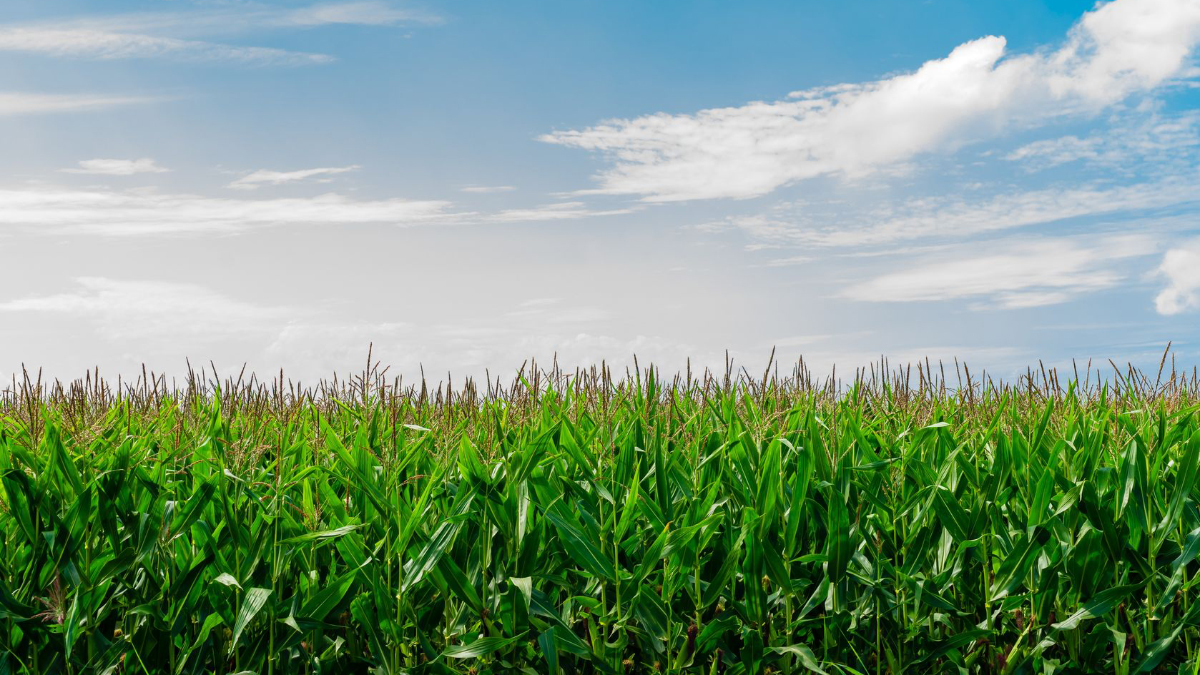Among the factors most responsible for this tragic loss of our prairie heritage is the federal renewable fuel standard, a congressional mandate requiring refiners to mix renewable fuel (mostly corn-based ethanol) with U.S. gasoline, diesel, jet fuel and heating oil products.
The renewable fuel standard has generated a huge surge in ethanol production, increasing from 9 billion gallons in 2009 to 15.9 billion gallons per year today, according to the Energy Information Administration. By 2022 the total is projected to reach 36 billion gallons.
Ethanol per se is not the problem, however; Washington’s lack of common sense is the problem.
For decades now, ever since the Arab oil embargo of 1973-74, U.S. policymakers have been preoccupied with oil scarcity. That, along with environmental concerns, is what led to the renewable fuels mandate, which triggered huge increases in corn production at the expense of other crops and prairie grasslands.
Currently, roughly half of the entire U.S. corn crop—which topped more than 15 billion bushels last year, according to the U.S. Department of Agriculture—winds up in biofuels.
The trouble is this: When prairie is plowed under to grow corn it becomes a barren landscape. Without the grasses, the environment supports little wildlife. With the grasses, it is home to ducks, pheasants and some 800 other varieties of birds, as well as monarch butterflies and honey bees.
Instead of damning oil as evil, politicians and pundits should start questioning their blind faith in ethanol. In 2005, when the Energy Policy Act introduced the renewable fuel standard, requiring oil companies to blend ethanol with gasoline and diesel may have seemed like the right thing to do for energy security.
Today, thanks to the shale revolution, it makes little sense.
As a result of technological innovations enabling producers to extract hard-to-reach oil from shale formations, domestic crude-oil production has increased to more than 7 million barrels a day, compared with 5 million barrels a decade ago.
Meanwhile, oil imports, especially from OPEC countries, have plunged. The domestic economy is no longer hostage to OPEC and others, such as Russia and Venezuela, which use exports to achieve geopolitical goals.
Remarkably, the amount of technically recoverable oil in the United States available for long-term development now exceeds 100 billion barrels—more than 20 times the current level of annual production, according to IHS, a global research company.
It’s not too late to do something about the renewable fuel standard’s negative impact on wildlife habitat and the prairie ecosystem. A good place to begin is by taking a critical look at government support for corn production.
Nationally, corn growers received some $94.3 billion in subsidies from federal commodity, crop insurance, disaster relief and conservation programs between 1995 and 2014. Corn subsidies in Ohio alone totaled $4.2 billion, according to U.S. Department of Agriculture data.
Such subsidies—along with the ethanol mandate itself—provide a powerful incentive for growers to continue clearing prairie to produce corn for ethanol, even as it destroys the prairie ecosystem.
It’s time for common sense. The ethanol mandate has triggered an environmental disaster. Kicking the ethanol habit should be as much of a no-brainer as buckling up before starting a car.











